Towards comprehensive cultural development
In recent times, cultural life models of ethnic minorities in Quang Tri province have gradually taken shape and developed, bringing a healthy and sustainable cultural living space imbued with the unique identity of ethnic groups right in residential areas.
Training courses on building models for developing the cultural life of ethnic minorities have been held in the communes of Kim Phu, Thuong Trach, Kim Ngan, etc., attracting the participation of artisans, village elders, village chiefs, prestigious people, etc., especially the young generation and the village elders.
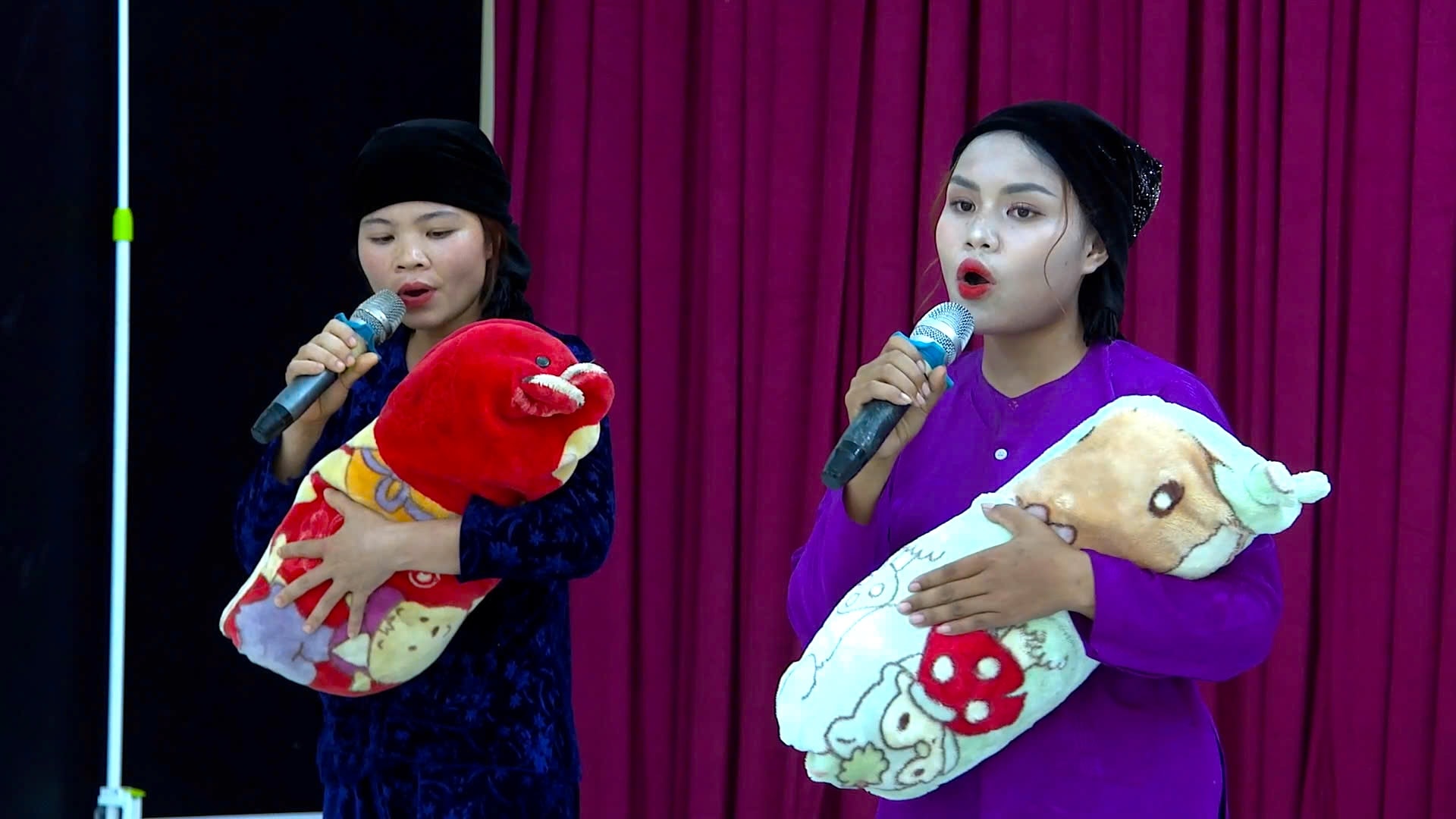
The models are built comprehensively and sustainably from the root. In particular, the policies of the Party and State on cultural development in general and the preservation and promotion of cultural values of ethnic minorities and mountainous areas in particular are disseminated with a focus so that people clearly understand the spirit and goals of the Party and State. In addition, the policies of the Party and State on family work and domestic violence prevention, basic skills of grassroots cadres in family work and domestic violence prevention are also disseminated and applied in real life so that culture is truly built from the root.
Along with that, cultural life is also strengthened by building and implementing village covenants and conventions, contributing to forming in villages, hamlets and ethnic minorities a tradition of solidarity, village cohesion, and enriching the spiritual and cultural life in rural areas.
Ms. Tran Thi Huong, Department of Culture, Sports and Tourism of Quang Tri province, said that implementing the guidance on building and implementing village covenants and conventions at training courses, said that in ethnic minority areas, implementing village covenants and conventions helps people to be more aware of protecting forests, protecting natural resources, not causing environmental pollution, mobilizing people to live hygienically, eliminating outdated procedures, forming social norms and values in accordance with traditions and national identity, promoting democracy at the grassroots level, limiting social evils, ensuring order and security in the locality.
Connecting generations, promoting cultural values
Along with the contents aiming at a sustainable and comprehensive development model, the contents in the cultural sector's program for ethnic minority areas are also identified and personalized through the unique cultural values of ethnic minorities and mountainous areas.
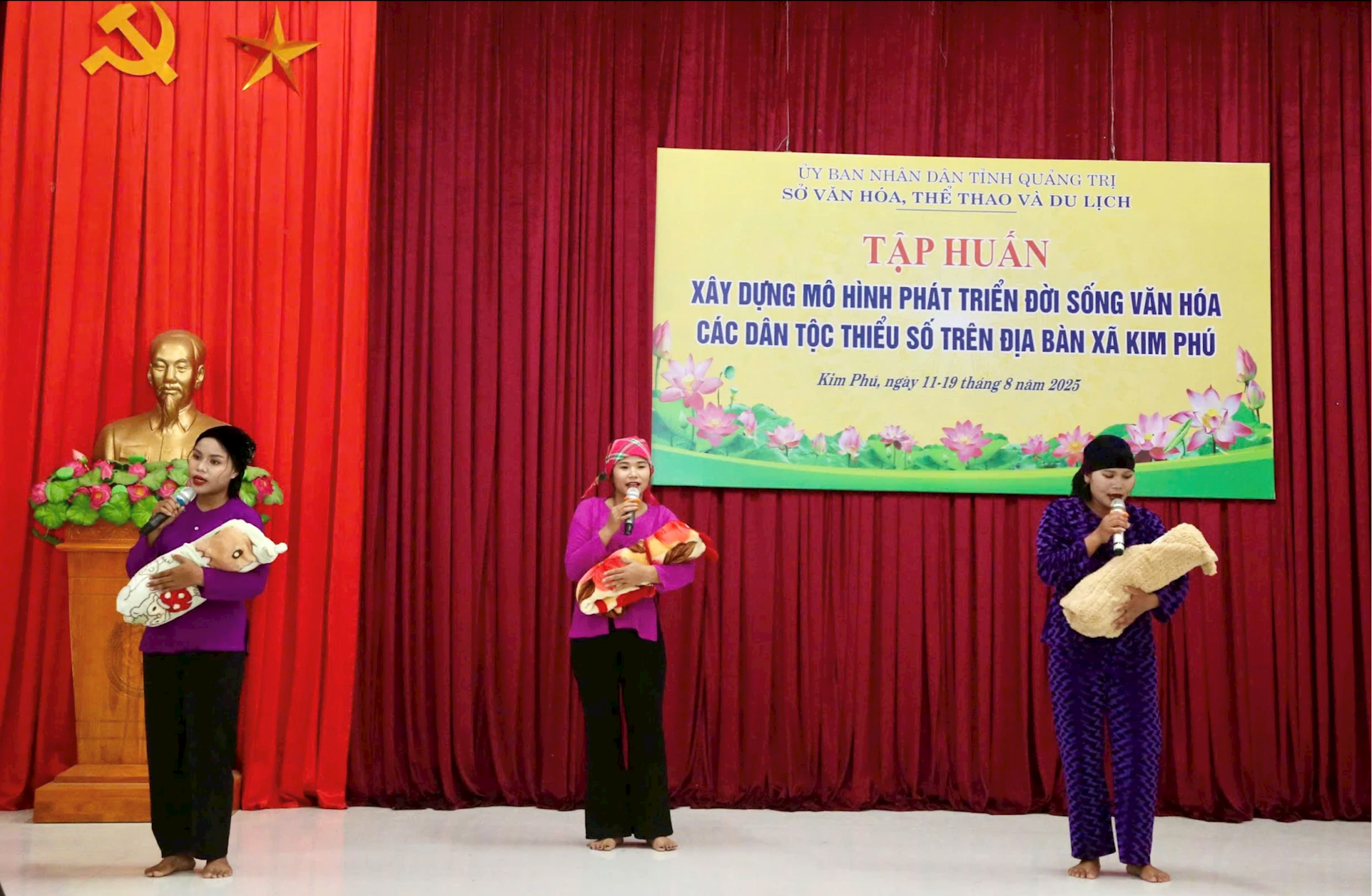
Specifically, the intangible cultural heritage of ethnic minorities is collected, restored and practiced with the welcome of many people participating in common activities. For the Chut ethnic people in Kim Phu commune, performing folk culture is a form of community cultural activity, closely connecting material and spiritual life. This is also considered the cradle for developing cultural and artistic movements in the locality. At cultural activities, the people, together with artisans and officials, choose the location of the playground and stage, prepare the scenery, props, and costumes in accordance with the cultural identity of the ethnic minorities and practice and extend the songs through the participating generations.
Ho Thi Ha (born in 2009) from Mo O O village shared that the training class on developing cultural life has brought a lot of useful and valuable information to the village where she lives, not only building a healthy culture in the family but also in the whole community, aiming for a life where everyone lives in harmony with each other.
“We also got to listen, practice and perform performances that were unique to our people, with the guidance of our elders. I also heard our elders and mothers sing lullabies to their children in their daily lives. And now we can continue to preserve the songs that can only be kept in the hearts of our people,” Ho Thi Ha confided.
It is known that the training classes have diverse participation of many ethnic groups in different roles, in which the students have a gap in age, although posing some difficulties in the guidance work, but have connected generations and facilitated practice and performance. Typically, at the Kim Phu commune training class, the oldest student is Mr. Truong Van Ba (born in 1931), while many of the youngest students were born in 2009, helping the teaching and practice to be supplemented with knowledge from the older generation, and quickly absorbed from the young people.
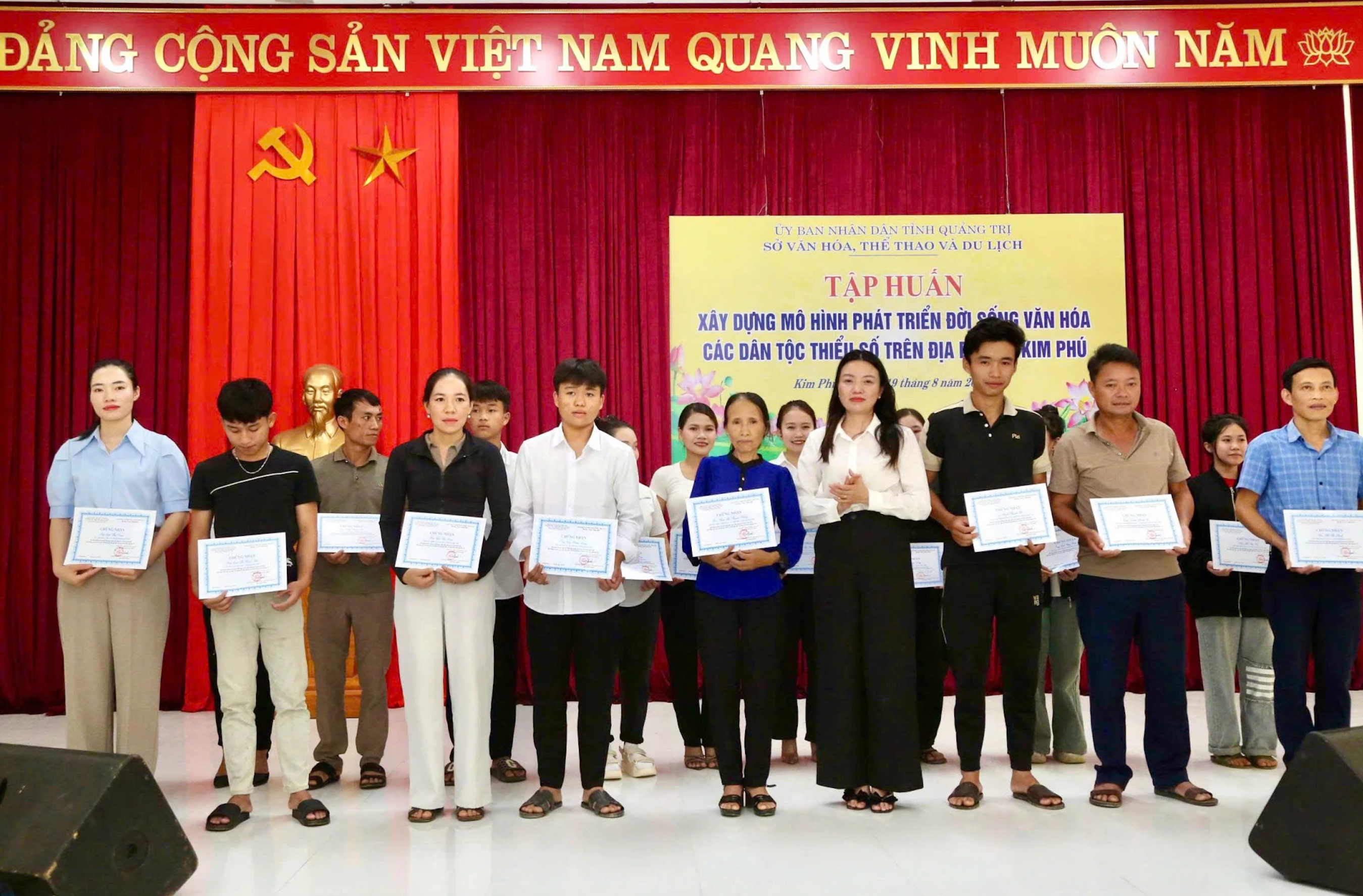
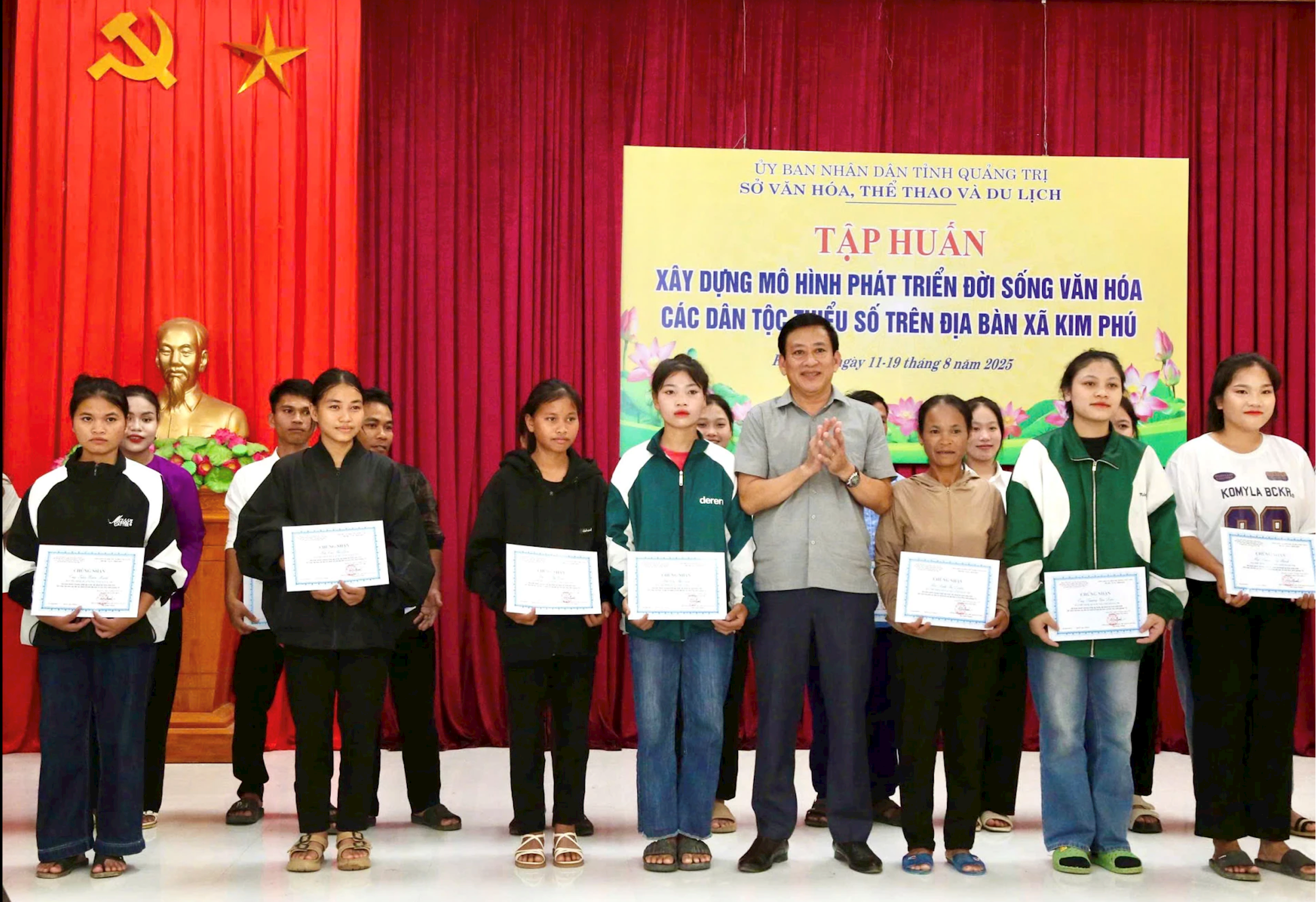
Deputy Director of the Department of Culture, Sports and Tourism of Quang Tri province Mai Xuan Thanh said that with the attention of local authorities, the model of developing cultural life and preserving intangible cultural values of the Chut ethnic group in Kim Phu commune helps to pass on knowledge about melodies and rituals, especially to the young generation of the Chut ethnic group to preserve and promote the value of intangible cultural heritage in the area.
Source: https://daibieunhandan.vn/quang-tri-xay-dung-mo-hinh-phat-trien-doi-song-van-hoa-dan-toc-thieu-so-10395831.html





![[Photo] Prime Minister Pham Minh Chinh meets with representatives of outstanding teachers](https://vphoto.vietnam.vn/thumb/1200x675/vietnam/resource/IMAGE/2025/11/15/1763215934276_dsc-0578-jpg.webp)






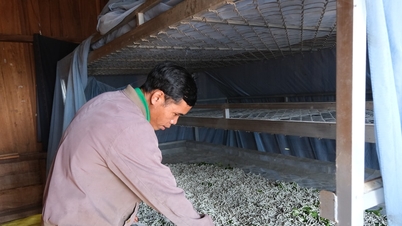

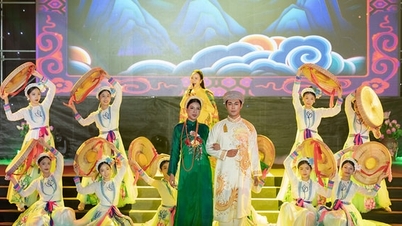



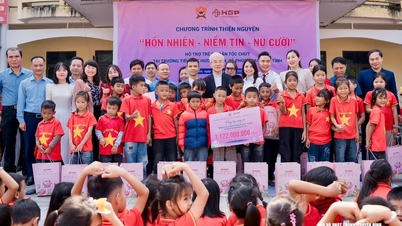

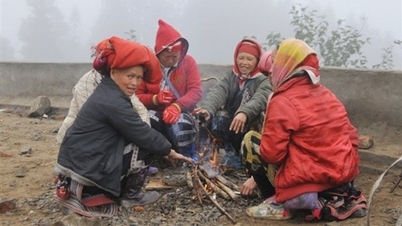

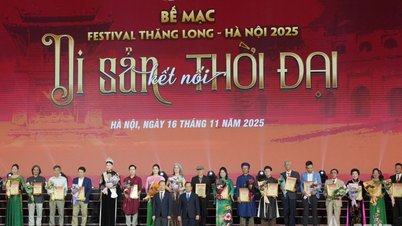





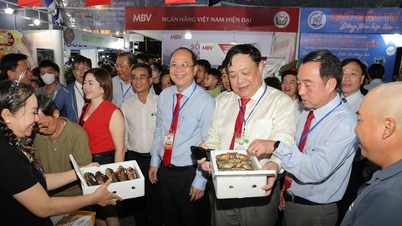






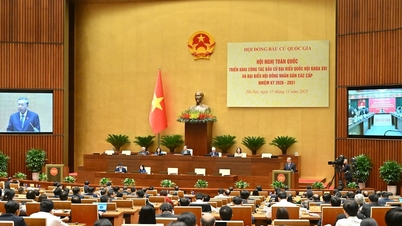
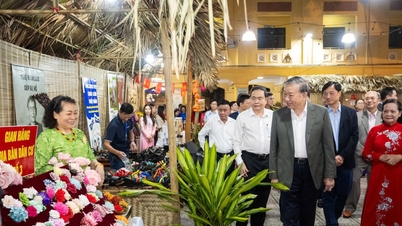




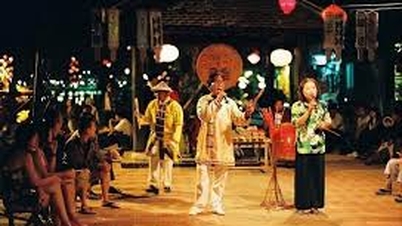






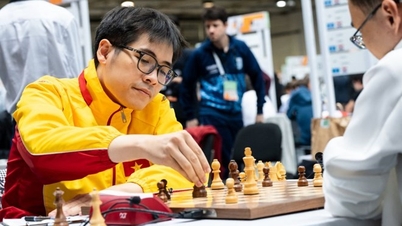

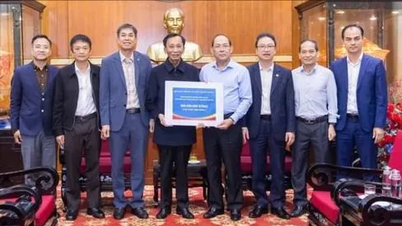






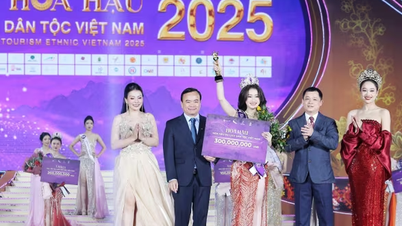

















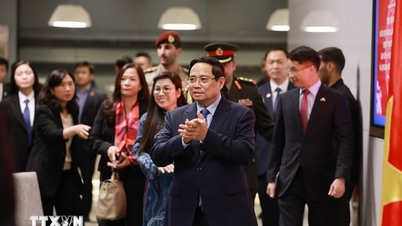












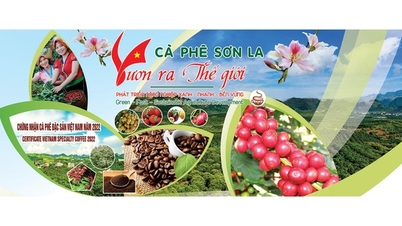
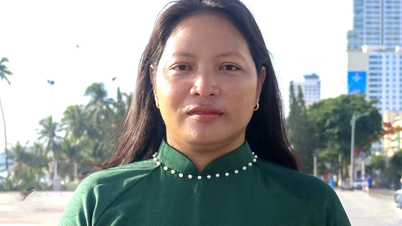
















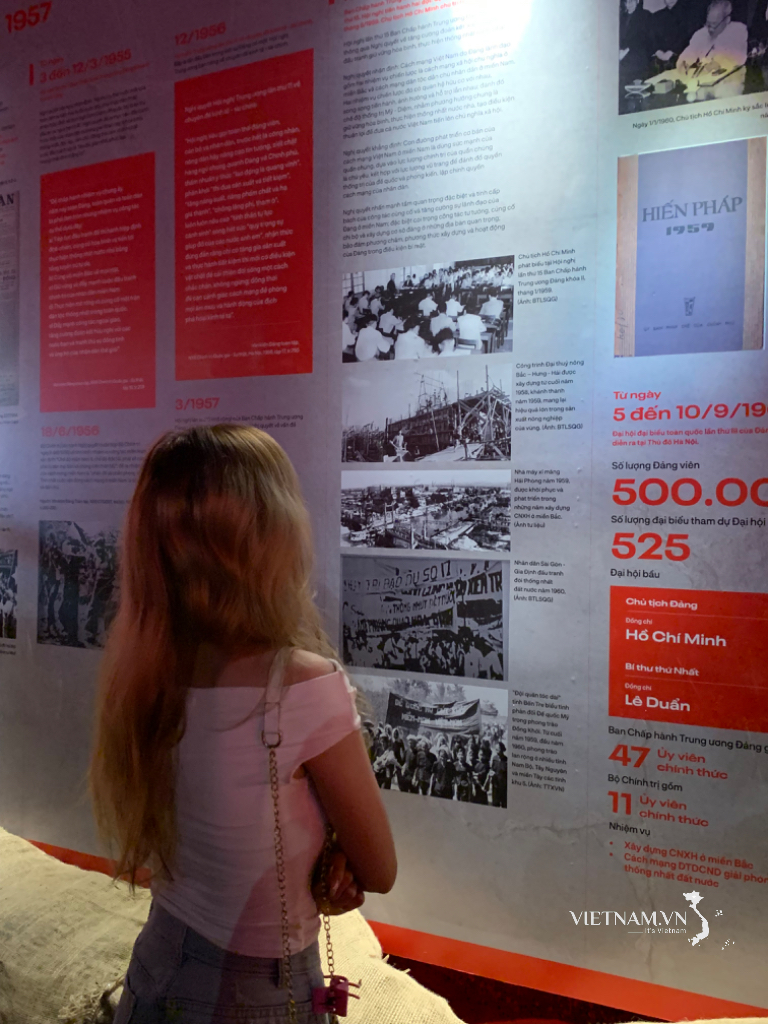



Comment (0)